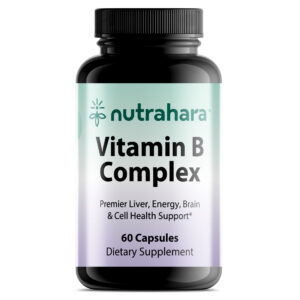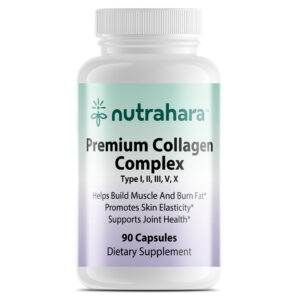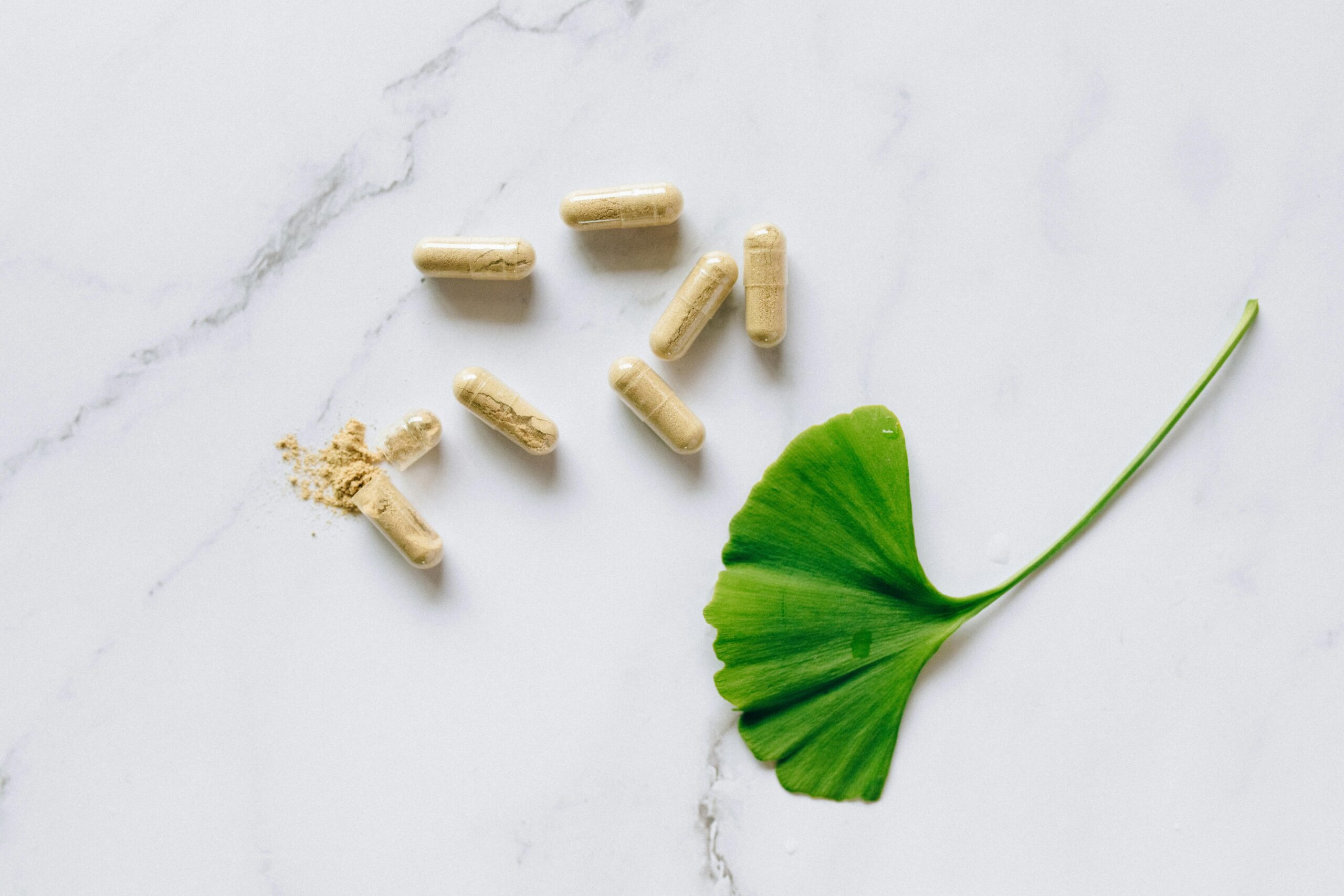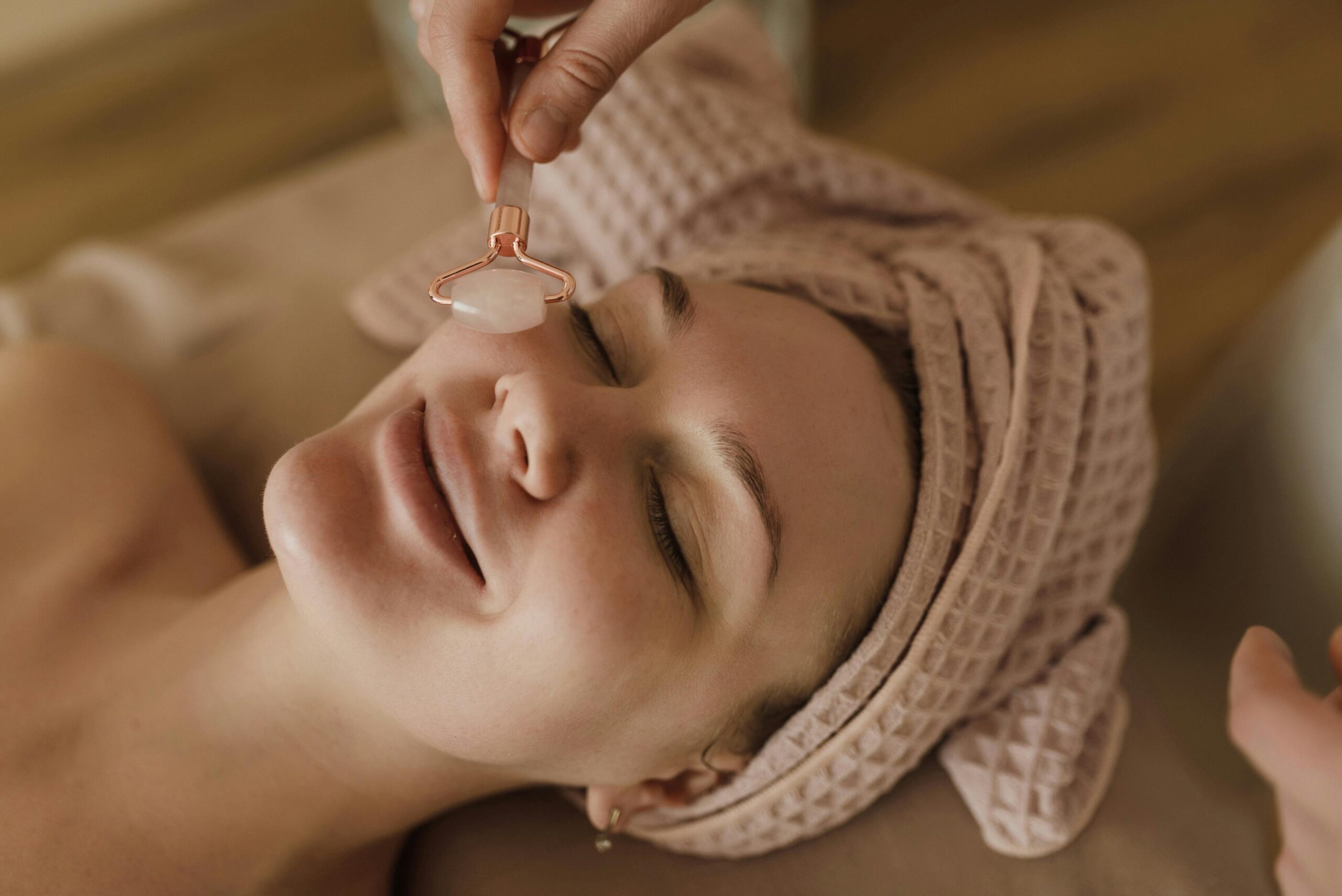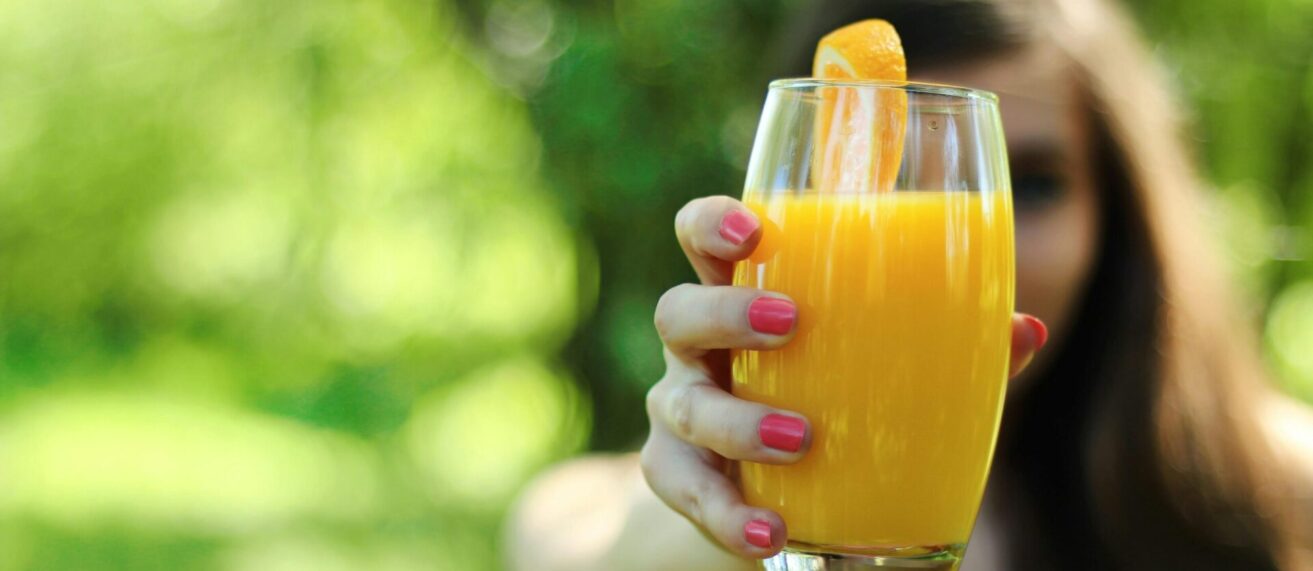
Nutrahara Blog
Nutrahara Blog
Nail Care Tips for Women
Introduction: Nail Care Tips, Nail Care Products And Tools
Nail health is an essential aspect of overall health and well-being. Taking care of the nails not only contributes to their appearance but also promotes healthy nail growth and prevents nail-related health issues. Proper nail care tools and techniques are necessary for maintaining nail and health, as well as avoiding problems like fungal infections, ingrown nails, and brittle nails. It is important to understand some nail care tips, the available nail care tools, nail care products, and the significance of healthy nails and spa treatments for maintaining optimal nail health.
The nail is a complex structure that serves several functions, including protecting the fingertips, enhancing sensation, and aiding in gripping objects. The anatomy of the nail consists of several layers, each with its distinct structure and function.
The nail plate is a solid nail cover made of keratin that protects the nail top. The lunula, also known as the “half-moon,” is the white, crescent-shaped area at the base of the nail. It is the visible portion of the nail matrix and is an important indicator of nail health. The eponychium, or cuticle, is the fold of skin that covers the base of the nail plate, protecting the nail matrix from infection and injury.
The development and upkeep of the nail structure are part of the nail’s physiology. The nail grows as a result of the older cells being pushed aside by the newer ones as they proliferate in the nail matrix. Nail growth typically occurs at a pace of 3 millimeters per month. However, this pace could change based on things like age, health, and heredity.
Maintaining healthy nails requires proper nail care, including regular cleaning, trimming, and moisturizing. Nail care tools such as clippers, files, and cuticle pushers should be kept clean and sanitized to prevent the spread of infection. Additionally, avoiding harsh chemicals and excessive exposure to water can help keep nails healthy (1).
The nail medical term is “onychium” or “unguis.” The study of nails and related disorders is called “onychology.” Understanding the medical terminology related to nails can help individuals communicate more effectively with healthcare professionals when discussing any concerns or issues related to nail health (2).
What Does Your Nail Say About Your Health?
Nails are more than just a cosmetic feature of our body. They can also give important clues about our overall health. Doctors often examine nails as part of a routine physical examination to check for any underlying health problems. So, what does your nail say about your health?
One of the first things doctors look for when examining nails is their color. Healthy nails should be pink with a slightly white crescent-shaped area at the base, known as the lunula. A change in nail color can be a sign of an underlying health condition. For example, nails that are blue or purple can indicate poor circulation or a lung problem, while yellow or brown nails can indicate a fungal infection.
The shape of the nails can also provide valuable information about a person’s health. Nails that are clubbed or have a “spoon” shape may be a sign of lung or heart disease, while nails that are thin and concave may indicate an iron deficiency.
The nails on the fingers and toes can reveal a lot about one’s overall health. From changes in color to unusual shapes, many signs can indicate a health problem.
The following are important nail and health signs to look out for:
- Discoloration: Changes in nail color can signal several health problems. Yellow nails, for instance, may indicate a fungal infection, while pale or white nails may be a sign of anemia. Bluish nails could signal a lack of oxygen in the blood, while red streaks under the nails may suggest an infection.
- Ridged nails: If your nails have ridges or appear to be pitted, it could be a sign of a skin condition such as eczema or psoriasis. Ridges can also indicate a lack of moisture in the nails.
- Clubbing: Clubbing is when the nail curves downward and the tip of the finger swells. This can be a sign of low oxygen levels in the blood or a lung or heart problem.
- Spoon nails: Koilonychia, is a nail medical term for spoon nails. Spoon nails curve upward at the edges and are thin and soft. This can be a sign of iron-deficiency anemia, hemochromatosis, or liver disease.
- Beau’s lines: These are horizontal grooves that appear across the nail. They can be caused by a severe illness, such as a heart attack or pneumonia, or by chemotherapy.
- Nail separation: If the nail separates from the nail bed, it can be a sign of injury or fungal infection.
- Brittle nails: Nails that are brittle or break easily can be a sign of a nutritional deficiency or a thyroid problem.
- White spots: Contrary to popular belief, white spots on the nails are usually not a sign of a calcium deficiency. They are usually caused by minor injuries to the nail.
- Dark lines: Dark lines running from the base of the nail to the tip can be a sign of melanoma, a type of skin cancer.
- Half-and-half nails: Also known as Lindsay’s nails, half-and-half nails have a white, pink, or brown band across the middle of the nail. This can be a sign of kidney disease, liver disease, or a zinc deficiency (3,4).
However, the above nail and health signs can be prevented with appropriate care of one’s general well-being, following good nail care tips, and appointments for healthy nail and spa treatment sessions will help to keep the nail in good health.
Nail Care Tips
Nail health is essential to overall well-being, and taking care of one’s nails can help prevent problems such as nail infections, brittle nails, and other nail disorders. While some people may think that nail care is only about aesthetics, healthy nails can also indicate good overall health.
Here are some nail care tips to help maintain healthy nails:
- Keep the nails clean and dry
Clean and dry nails are less prone to infection and damage. After washing the hands or coming into contact with water, dry the nails thoroughly to prevent moisture buildup, which can lead to fungal infections.
- Avoid using harsh chemicals
Chemicals found in cleaning products, nail polish remover, and other household items can damage nails. To avoid damaging the nails, one should wear gloves when using these nail care products and choose non-toxic alternatives.
- Moisturize the nails and cuticles
Just like the rest of our body, nails need moisture too. Applying cuticle oil or lotion to the nails and cuticles can help keep them hydrated, preventing dryness and cracking.
- Trimming nails regularly
Trimming the nails regularly is one of the important nail care tips that can help prevent them from growing too long, which can lead to nail damage and make it easier for bacteria and fungi to thrive. It is important to always use nail clippers or a nail file to shape the nails and keep them at a comfortable length.
- Avoid biting the nails
Biting the nails can cause damage to the nail bed and increase the risk of infection. Try to break the habit by keeping the nails trimmed and occupied with other activities, such as using a stress ball or fidget toy
- Wear proper footwear
Wearing shoes that are too tight or do not provide proper support can lead to ingrown toenails and other foot problems. Wearing shoes that fit properly can provide proper support to the feet.
- Protect the nails from injury
Protecting the nails from injury is essential to maintaining their health. Wearing gloves when doing yard work or other activities that can damage the nails and avoid using the nails as tools to open cans or bottles.
- Healthy nail and spa treatment/consult
It is advisable to book prophylactic appointments in the spa to care for the nails and keep them in good condition. Good spas are encouraged for quality nail care products.
- Observe the nails for any changes
Changes in the nails, such as discoloration, brittleness, or thickness, can be a sign of an underlying health problem. If one notices any changes in the nails, it is better to consult a healthcare professional to determine the cause of such changes (5,6).
Healthy Nails Vs Unhealthy Nails
Healthy nails are a sign of good overall health. They are strong, smooth, and have a consistent color. On the other hand, unhealthy nails may indicate an underlying health problem. They can be brittle, discolored, or have an irregular shape. Understanding the major differences between healthy nails vs unhealthy nails will help individuals to get more conscious of their nails and health.
Here are some differences between healthy and unhealthy nails:
- Appearance: Healthy nails are smooth and consistent in color, usually pink or beige. They have a consistent texture and shape. Unhealthy nails may have discoloration, ridges, or bumps. They may also be brittle, dry, or thickened.
- Texture: Healthy nails are smooth and firm. They have a slightly curved shape at the tip. Unhealthy nails may be rough or have ridges or grooves. They may also be curved, spoon-shaped, or have other deformities.
- Color: Healthy nails are usually pink or beige with a consistent color throughout. Unhealthy nails may be discolored, such as yellow, green, or blue. They may also have white spots or streaks.
- Thickness: Healthy nails are thin and flexible. They are easy to trim and shape. Unhealthy nails may be thickened, making them difficult to cut or shape.
- Growth: Healthy nails grow at a steady pace, usually about 3mm per month. They are also strong and resistant to damage. Unhealthy nails may grow slowly or not at all. They may also be weak and prone to breaking or splitting.
- Maintenance: Healthy nails require regular maintenance, such as keeping them clean, trimmed, and moisturized. Unhealthy nails may require more intensive care, such as treatment for an underlying health problem or a fungal infection (7).
Nail Care Products
Nail care is essential to maintain healthy and strong nails. While taking care of your nails may seem like a trivial matter, it can have a significant impact on your overall health and appearance. One of the best ways to ensure proper nail care is by using the right nail care products.
The following are important nail care products everyone should consider adding to their routine nail and health kit:
- Cuticle Oil: Cuticle oil is a must-have nail care product in any nail care routine. It helps to moisturize and nourish the cuticles, keeping them soft and healthy. Regular application of cuticle oil can also prevent hangnails and dry cuticles.
- Nail Strengthener: For weak or brittle nails, a nail strengthener can help strengthen and protect your nails from damage. Nail strengtheners work by adding a protective layer to the nails, making them less prone to breakage and splitting.
- Base Coat: A base coat is an essential nail care product that helps protect the nails from damage caused by nail polish. It also helps nail polish adhere better to the nail, preventing chipping and peeling.
- Top Coat: A top coat is the final layer of nail polish that seals in the color and provides a glossy finish. It helps to prevent chipping and peeling, and can also extend the life of your nail polish.
- Nail Polish Remover: Nail polish remover is an important nail care product to have in the nail care kit. It helps to remove old nail polish, allowing for the application of a fresh coat. It is important to choose a nail polish remover that is gentle on the nails and does not dry them out.
- Hand Cream: Hand cream is not just important for keeping hands soft and moisturized, but it is also important for nail health. Regular application of hand cream can help keep the nails hydrated and prevent them from becoming dry and brittle (8,9).
Nail Care Tools
Taking care of the nails requires more than just a simple manicure or pedicure. To ensure that the nails are healthy and strong, one needs to have the right nail care tools to maintain them.
Here are five essential nail care tools and their functions:
- Nail Clippers: Nail clippers are a must-have nail care tool for maintaining healthy nails. They come in various sizes and shapes, and it is essential to choose the one that is suitable for your nail length and shape. Using the right nail clipper will help prevent the breakage and splitting of the nails. When using nail clippers, it is recommended to trim the nails straight across to prevent ingrown nails.
- Nail File: A nail file is used to smooth and shape the edges of the nails. It is essential to use a file that is not too abrasive, as rough files can cause nail damage. When filing the nails, move the file in one direction to avoid nail splitting or damage. It is also important to file the nails regularly to prevent them from becoming too long and brittle.
- Cuticle Pusher: A cuticle pusher is used to push back the cuticles, which are the thin layer of skin at the base of the nails. Pushing back the cuticles helps to promote healthy nail growth and prevent infections. It is important to be gentle when pushing back the cuticles to avoid damaging the nail bed.
- Nail Brush: A nail brush is an important nail care tool used to clean the nails and remove any dirt or debris. It is important to clean the nails regularly to prevent the buildup of bacteria and fungi that can cause infections. When using a nail brush, it is recommended to use gentle circular motions to avoid damaging the nail bed (10).
References:
- https://emedicine.medscape.com/article/1948841-overview
- https://en.wikipedia.org/wiki/Nail_(anatomy)#:~:text=The%20nail%20is%20an%20unguis,claw%2C%20hoof%2C%20and%20talon.
- https://www.webmd.com/skin-problems-and-treatments/ss/slideshow-nails-and-health
- https://www.everydayhealth.com/skin-and-beauty/what-your-nails-say-about-your-health.aspx
- https://www.goodhousekeeping.com/beauty/nails/a34645/healthy-nail-care-tips/
- https://www.aad.org/public/everyday-care/nail-care-secrets/basics/healthy-nail-tips
- https://hellodoctor.com.ph/skin-health/skin-issues/healthy-nails-vs-unhealthy-nails/
- https://makeupandbeauty.com/8-essential-nail-treatment-products-for-beautiful-nails/
- https://www.tatlerasia.com/style/beauty/nail-care-products-beauty
- https://www.tammytaylornails.co.za/essential-nail-care-tools/
Written by the Nutrahara Team
This article was prepared by the expert team at Nutrahara, which includes experienced nutrition scientists and naturopaths dedicated to advancing women’s health through natural wellness solutions. We combine scientific research with holistic practices to help you live your healthiest life. Connect with us on LinkedIn to stay updated on the latest in women’s health and wellness.

